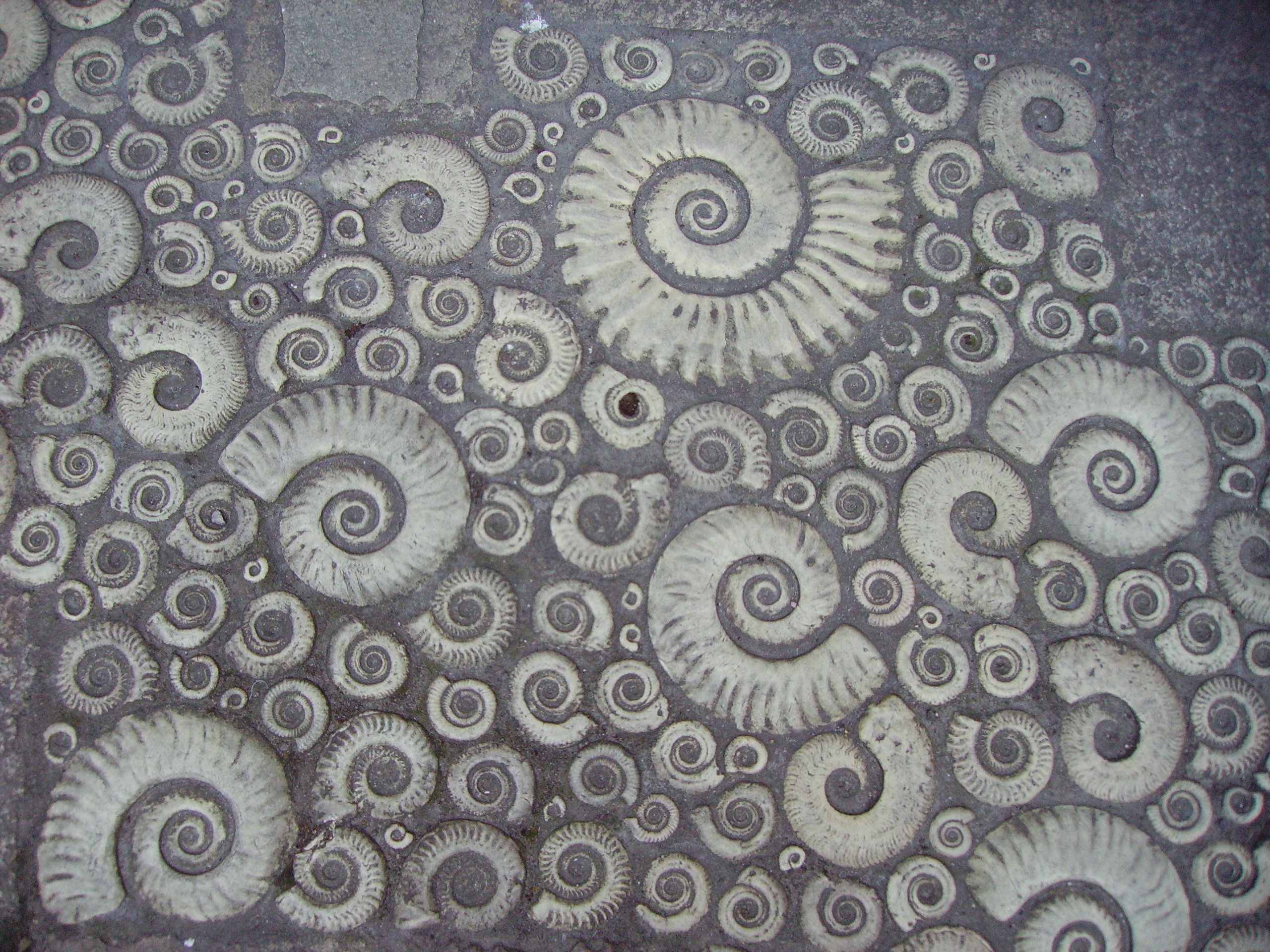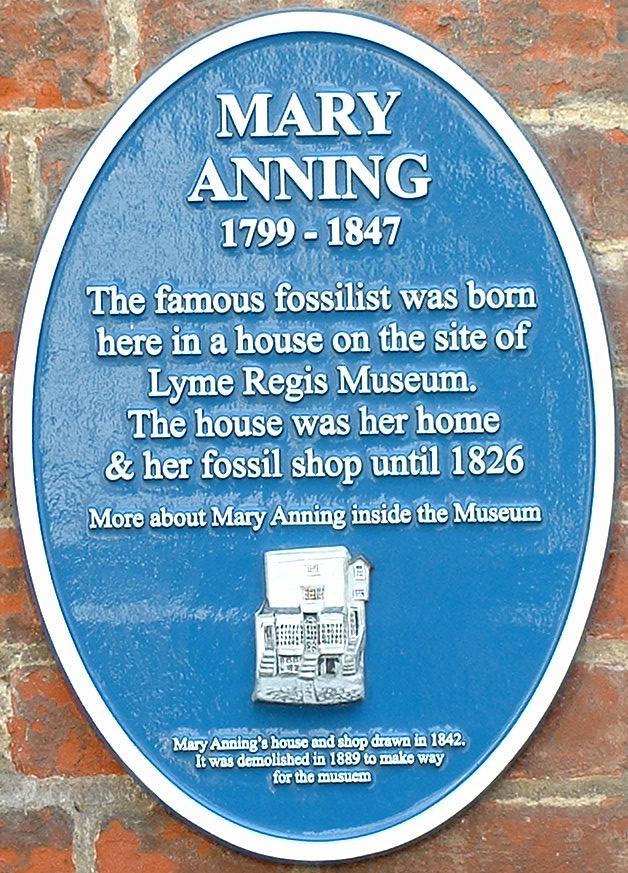Lyme Regis Museum on:
[Wikipedia]
[Google]
[Amazon]

 Lyme Regis Museum (official name Lyme Regis Philpot Museum) is situated in the town of
Lyme Regis Museum (official name Lyme Regis Philpot Museum) is situated in the town of The Lyme Regis MuseumLyme Regis
Dorset, UK. It is built on the site of the birthplace and home of the fossil hunter
Lyme Regis Museum website
{{Authority control Cultural infrastructure completed in 1901 Museums in Lyme Regis Local museums in Dorset Geology museums in England Fossil museums Jurassic Coast Buildings and structures in Lyme Regis Paleontology in the United Kingdom Charities based in England
Lyme Regis
Lyme Regis is a town in west Dorset, England, west of Dorchester and east of Exeter. Sometimes dubbed the "Pearl of Dorset", it lies by the English Channel at the Dorset–Devon border. It has noted fossils in cliffs and beaches on the Herita ...
on the Jurassic Coast
The Jurassic Coast is a World Heritage Site on the English Channel coast of southern England. It stretches from Exmouth in East Devon to Studland Bay in Dorset, a distance of about , and was inscribed on the World Heritage List in mid-December ...
in Dorset
Dorset ( ; archaically: Dorsetshire , ) is a county in South West England on the English Channel coast. The ceremonial county comprises the unitary authority areas of Bournemouth, Christchurch and Poole and Dorset (unitary authority), Dors ...
, England
England is a country that is part of the United Kingdom. It shares land borders with Wales to its west and Scotland to its north. The Irish Sea lies northwest and the Celtic Sea to the southwest. It is separated from continental Europe b ...
. It is a registered charity
A charitable organization or charity is an organization whose primary objectives are philanthropy and social well-being (e.g. educational, religious or other activities serving the public interest or common good).
The legal definition of a ch ...
under English law.
The museum building was commissioned in 1901 by Thomas Philpot, a relative of the fossil
A fossil (from Classical Latin , ) is any preserved remains, impression, or trace of any once-living thing from a past geological age. Examples include bones, shells, exoskeletons, stone imprints of animals or microbes, objects preserved ...
collector Elizabeth Philpot
Elizabeth Philpot (1780–1857) was an early 19th-century British fossil collector, amateur palaeontologist and artist who collected fossils from the cliffs around Lyme Regis in Dorset on the southern coast of England. She is best known today fo ...
, hence the name. The architect of the building was George Vialls, who also designed the nearby Guildhall (now the Town Hall).Dorset, UK. It is built on the site of the birthplace and home of the fossil hunter
Mary Anning
Mary Anning (21 May 1799 – 9 March 1847) was an English fossil collector, dealer, and palaeontologist who became known around the world for the discoveries she made in Jurassic marine fossil beds in the cliffs along the English Channel ...
. The Anning family also ran a shop here.
The collections and subject areas exhibited include fossils from the surrounding area dating from the Jurassic
The Jurassic ( ) is a Geological period, geologic period and System (stratigraphy), stratigraphic system that spanned from the end of the Triassic Period million years ago (Mya) to the beginning of the Cretaceous Period, approximately Mya. The J ...
period, geology, local maritime history, memorabilia, and writers associated with the town such as Jane Austen
Jane Austen (; 16 December 1775 – 18 July 1817) was an English novelist known primarily for her six major novels, which interpret, critique, and comment upon the British landed gentry at the end of the 18th century. Austen's plots of ...
and John Fowles
John Robert Fowles (; 31 March 1926 – 5 November 2005) was an English novelist of international renown, critically positioned between modernism and postmodernism. His work was influenced by Jean-Paul Sartre and Albert Camus, among others.
Aft ...
.
An ornate example of Coade stone work, in the form of ammonite
Ammonoids are a group of extinct marine mollusc animals in the subclass Ammonoidea of the class Cephalopoda. These molluscs, commonly referred to as ammonites, are more closely related to living coleoids (i.e., octopuses, squid and cuttlefish) ...
s is set into the pavement outside the museum, reflecting both local history (specifically Eleanor Coade
Eleanor Coade (3 June 1733 – 18 November 1821) was a British businesswoman known for manufacturing Neoclassical architecture, Neoclassical statues, architectural decorations and garden ornaments made of ''Lithodipyra'' or Coade stone for ov ...
, the inventor of Coade stone) and the palaeontology
Paleontology (), also spelled palaeontology or palæontology, is the scientific study of life that existed prior to, and sometimes including, the start of the Holocene epoch (roughly 11,700 years before present). It includes the study of fossi ...
for which Lyme Regis is well known.
See also
* Dinosaurland Fossil MuseumReferences
External links
Lyme Regis Museum website
{{Authority control Cultural infrastructure completed in 1901 Museums in Lyme Regis Local museums in Dorset Geology museums in England Fossil museums Jurassic Coast Buildings and structures in Lyme Regis Paleontology in the United Kingdom Charities based in England